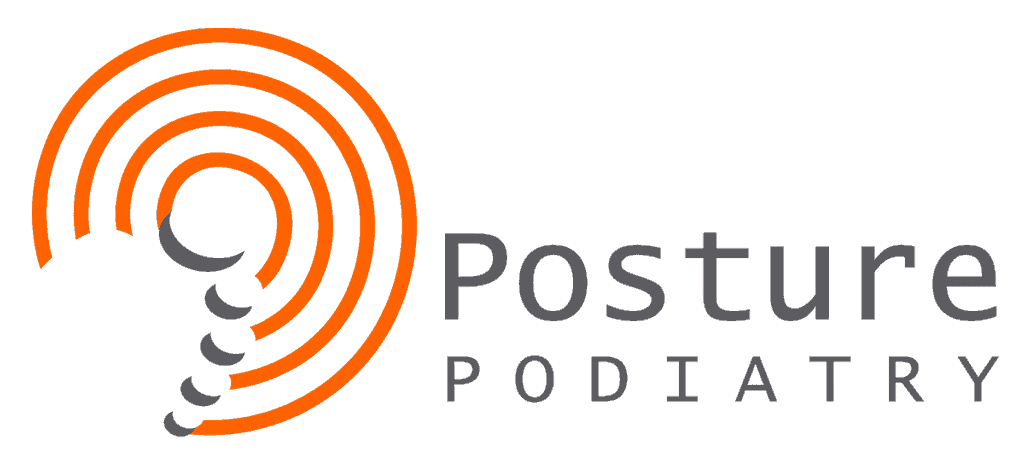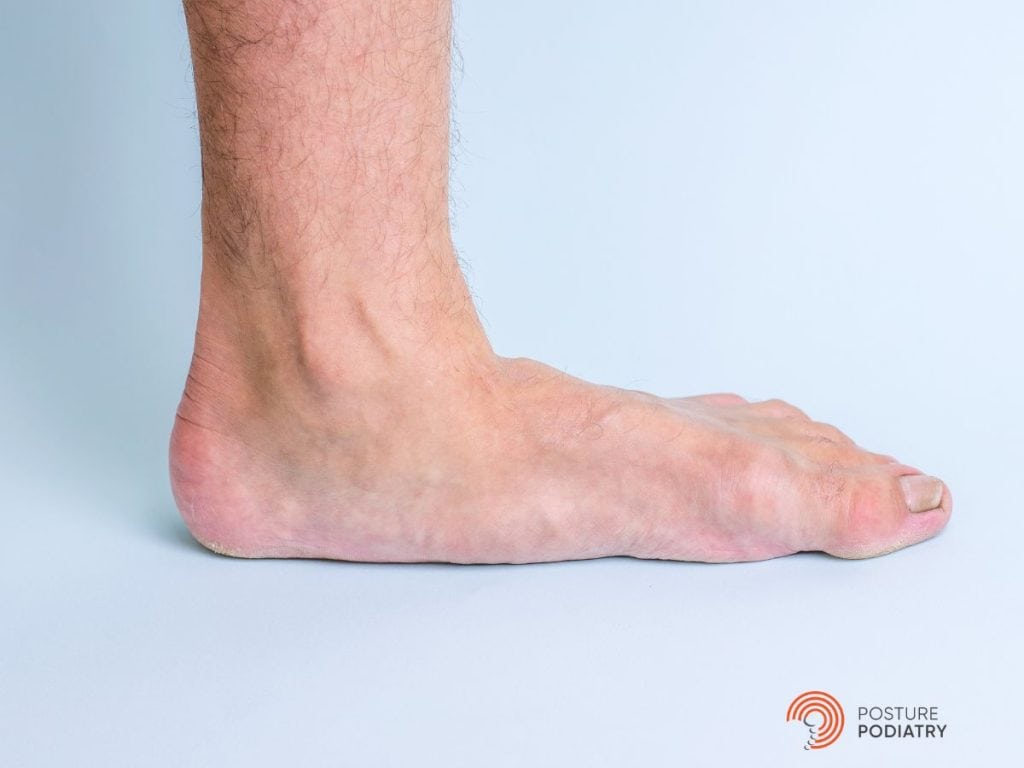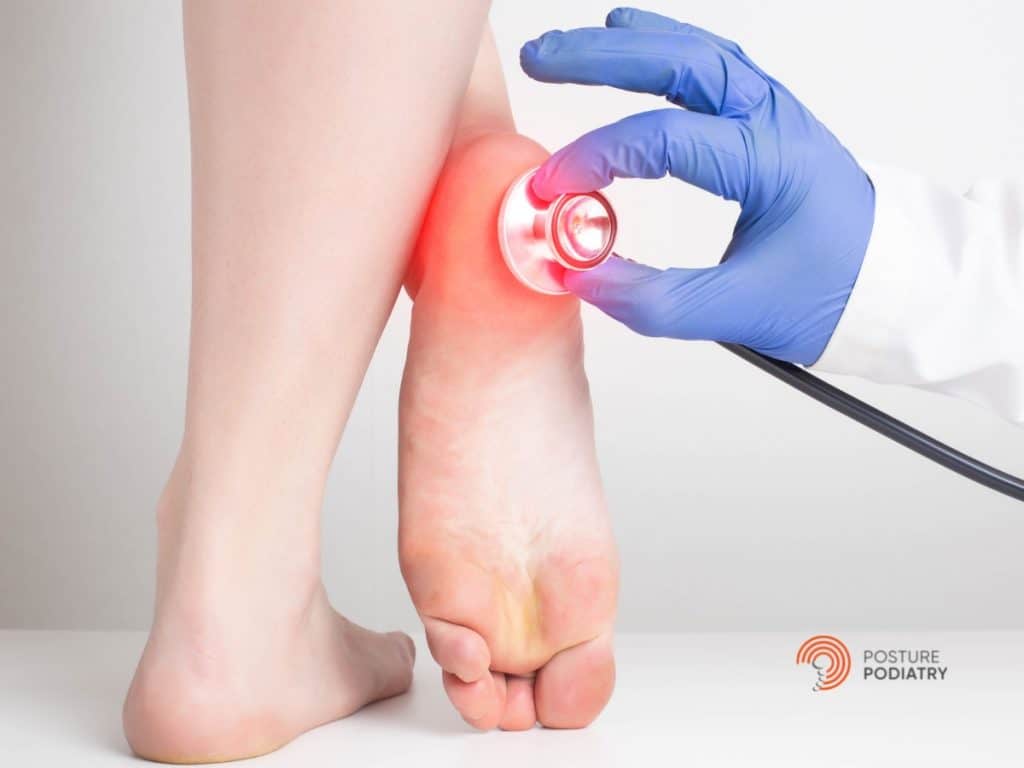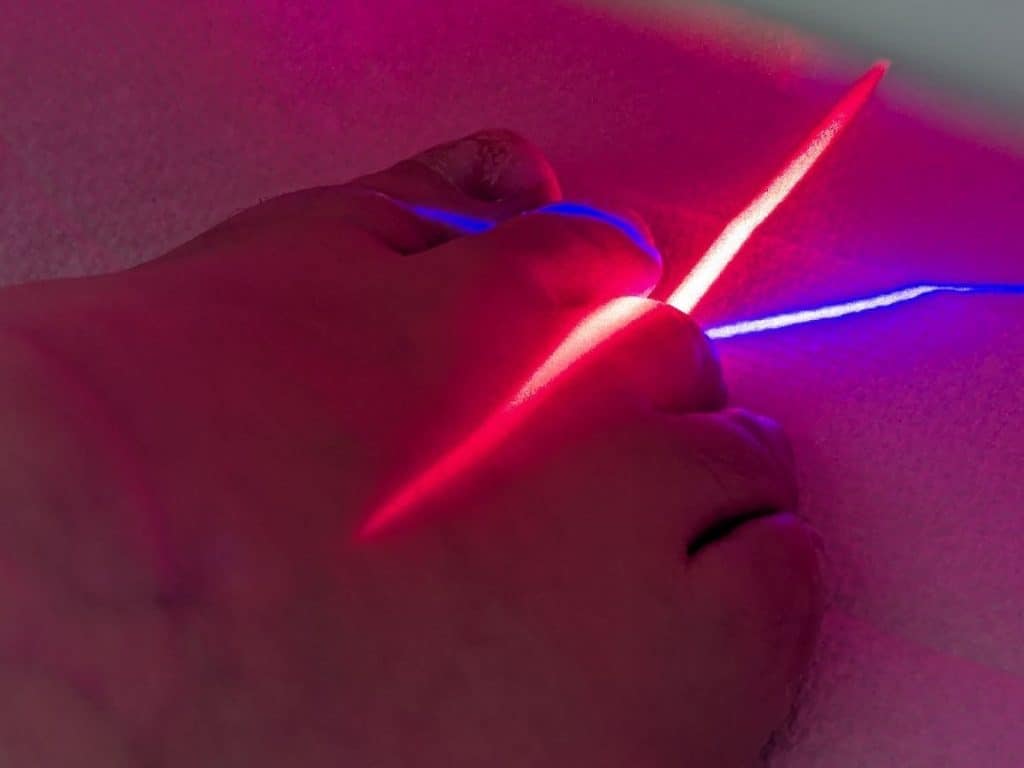Posture Podiatry Sports Injuries
Recurring sports injuries can highlight an inability for your body to compensate effectively for your level of activity. The podiatrists at Posture Podiatry are trusted by some of Australia’s top athletes to keep them injury-free during their training and competition seasons.
Some of these include:
- Players of the Australian Opals Basketball team
- Pro AFL Players
- Pro and Amateur Track Athletes
- Players of the Adelaide 36ers Basketball team
- Players of the Adelaide Lightning Basketball team
- Dancers at the Australian Dance Theatre
- League and Premier Netball Players
These are some of the people who understand how much performance can improve when their feet and posture are working efficiently.

The podiatrists at Posture Podiatry are used to treating all kinds of sports injuries. Whether it’s an acute injury, a recurring injury or an injury that occurred many seasons ago that never seemed to go away, you can trust us to get you back on your feet again.
We have a special interest in sports podiatry and understand the demands through individual sports. Training and playing load is varied and important to understand. The demands on the body increase with ability and age.
Our podiatrists will take time to listen and understand the individuals needs and goals. It is important to gain an accurate diagnosis so the best treatment and management options can be utilised.
Management and treatment options will be tailored to each individual client and may include:
- Taping, strapping
- Specific exercise programs
- Mobilisation
- Orthotics
- Shock Wave Therapy
- Dry needling
- Footwear advice
- Training advice and other treatment modalities as required
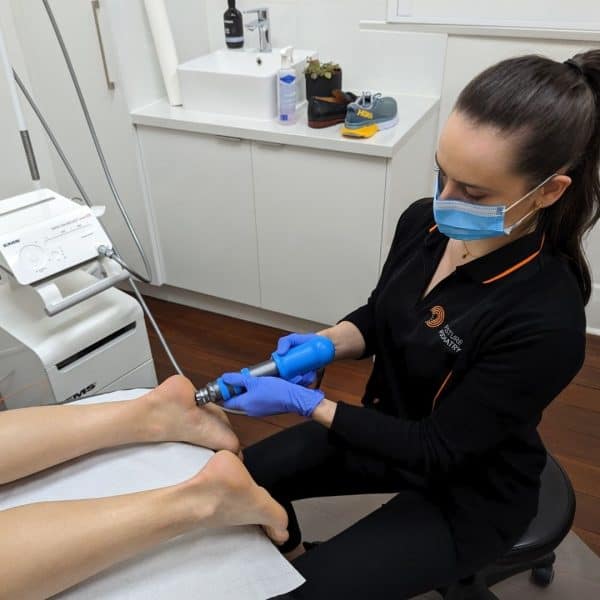
BOOK ONLINE for an Initial Low Gap or Gap Free* Assessment
or
Call 8362 5900 to schedule a Low Gap or Gap Free* examination
Common Sports Injuries At Posture Podiatry…
Some of the conditions and sport injuries that we treat frequently at Posture Podiatry include:
Sudden overuse injuries, new shoes, doing more activity than normal, or perhaps just standing for longer periods of time can cause micro-tearing of the plantar fascia. The extra load pulls the plantar fascia from the heel bone and causes inflammation.
The cause of this type of heel pain in children and adolescents is thought to be a combination of overuse, rapid growth and overload on the growth plate of the heel. It’s best described as painful inflammation of the heel bone at the area of the growth plate.
- Achilles Tendonitis / Tendinopathy / Tendinosis
Achilles tendinopathy is a common injury in sports involving running and jumping, and results from overuse of the tendon. Factors which may contribute to Achilles tendinopathy include a recent change in training (including frequency, duration, intensity, training surfaces), reduced rest times, biomechanical abnormalities, poor footwear, and decreased muscle flexibility and joint range of motion.
- Ankle Sprain / Instability
A sprained ankle occurs when your ankle ligaments are overstretched. Ankle sprains vary in their severity, from mild “twisted ankle” or “rolled ankle” sprain through to severe complete ligament ruptures, avulsion fractures or broken bones.
- Sesamoiditis or Toe Pain including Turf Toe
Sesamoiditis of the foot simply means inflammation of the sesamoids and is normally caused by increased pressure or loading on the sesamoid bones and associated tendons. Turf toe is an injury to the soft tissue surrounding the big toe joint and usually occurs when the big toe joint is extended beyond its normal range.
- Ingrowing Toenails or Bruised Toenails
Often a result of ill fitting footwear or incorrect lacing techniques. Some sports have a higher frequency of occurrence, due to the stopping/starting nature of the sport Ingrowing toe nails are painful and require podiatric treatment to remove but also prevent future concerns.
BOOK ONLINE for an Initial Low Gap or Gap Free* Assessment
or
Call 8362 5900 to schedule a Low Gap or Gap Free* examination
- Shin Splints and Shin Pain – Posterior tibial tendinopathy and peroneal tendinopathies
Posterior tibial tendinopathy occurs when the posterior tibial tendon becomes inflamed or torn. As a result, the tendon may not be able to provide stability and support for the arch of the foot, resulting in flatfoot. This can be acute in nature but also a overuse injury
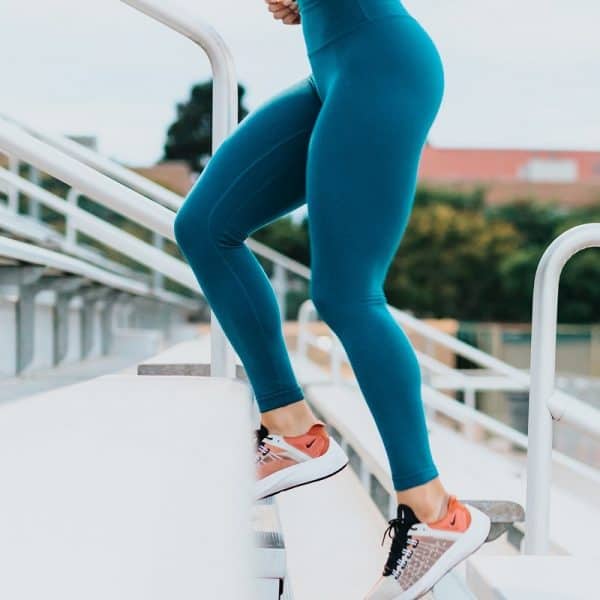
- Knee pain – Patellofemoral syndrome, chondromalacia, ITB pain, meniscus tears, medial/lateral ligament strain, Osgood-Schlatters Disease:
Knee pain causes can be either acute or sudden in their onset. An example of an acute, sudden injury could be a ligament or cartilage tear playing sport. Other knee problems may be chronic and develop over a long period of time. An example of chronic knee pain would include osteoarthritis which comes on gradually over a number of years.
- Pain in the ball of the foot or forefoot – bursitis, neuroma, bunions, synovitis, capsulitis, plantar plate tear.
All of the above conditions can be classified under the broader term of Metatarsalgia which is used to describe pain or discomfort in the forefoot. These conditions can often be an overuse condition in which the ball of the foot becomes painful and inflamed. Left untreated, metatarsalgia can lead to a further increase in pain but can also develop into a chronic condition. Other parts of the body will often compensate due to a change in walking from limping in an attempt to offload the painful forefoot. Pain can then commence in these overloaded structures as a result making the problem even more complex.
- Stress fractures – most common in forefoot (metatarsals) and occasionally midfoot (navicular, cuboid)
A stress fracture is a small crack in a bone, or severe bruising within a bone. Most stress fractures are caused by overuse and repetitive activity, and are common in runners and athletes who participate in running sports.
- Midfoot – Lisfranc Injury
Lisfranc (midfoot) injuries result if bones in the midfoot are broken or ligaments that support the midfoot are torn. This has become more common in recent years with these injuries seen in sports including Australian Rules Football. Management can commonly involve conservative and possibly surgical options.
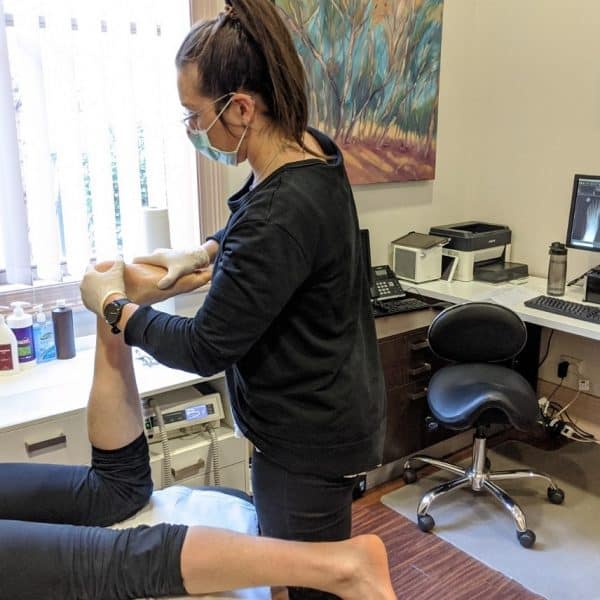
- Cuboid syndrome – pain along outer (lateral) part of the foot.
Cuboid syndrome happens when the joint and ligaments near the cuboid bone in your foot become injured or torn. It’s also known as cuboid subluxation, which means that one of the bones in a joint is moved but not fully out of place.
Corns and calluses are simply an excessive buildup of dead skin or keratin. They are simply caused by an excessive build up of dead skin meaning you normally see corns forming on parts of the skin subjected to excessive pressure or irritation. A blister is simply a small bubble which forms on the skin and is normally filled with fluid or serum usually as a result of friction, burning heat or pressure. Most blisters which occur on the soles of feet are caused by excessive friction and moisture and are frequently seen with sporting activities.
- Hip pain – greater trochanter bursitis.
One common contributing factor to hip pain is incorrect positioning of the pelvis during walking, and this can be due to foot posture and problems with foot and leg function. If there’s asymmetry of function between both feet, this can lead to problems with leg rotation, gait issues and exacerbate hip bursitis.
- Back pain
Both a flatter, pronated foot type and also a high arched foot type can contribute to lower back pain. If one foot rotates in or out significantly further than the other, this then leads to greater rotation of the leg on one side when compared to the other. This lack of symmetry in foot and leg function can lead to an increase in pelvic tilt to varying degrees. This can then give rise to increased curvature in the lower back and may lead to scoliosis ( a curvature of the spine).
Abnormal foot and leg function can also contribute to strain and overuse on associated muscles and ligaments. While poorly functioning feet are not the only cause of lower back pain, they can certainly be an exacerbating factor.
Where can I get help for my Sports Injury?
Our experienced podiatrists at Posture Podiatry have over 40 years of combined clinical experience in dealing with sports injuries and specific foot and leg problems.
You can always BOOK ONLINE for an Initial Low Gap or Gap Free* Assessment or Call 8362 5900 to schedule a Low Gap or Gap Free* examination to see if we can help.
We’ll help you find the right solution to alleviate your pain. Terms and conditions apply as detailed below.
